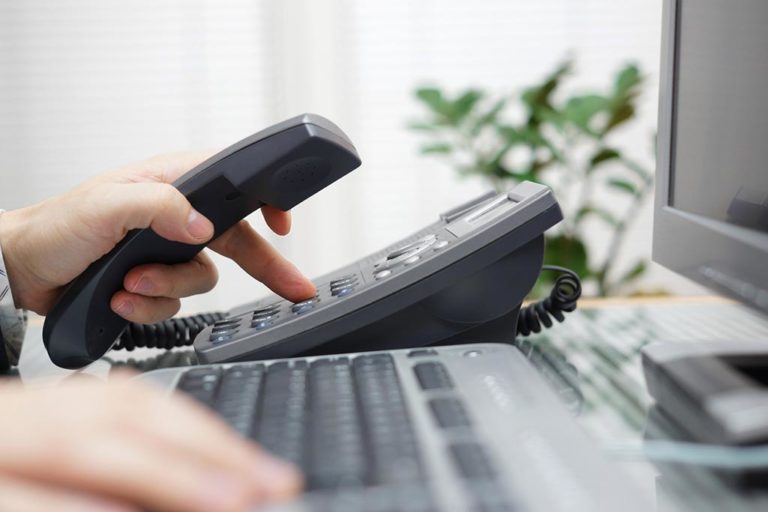Commonly called toll free numbers, 1-800 numbers are phone numbers used by businesses throughout the United States. Toll free numbers may also start with one of the following prefixes: 888, 877, 866, 855, 844, or 833. Like other toll free numbers, 1-800 numbers are free for callers to use.

Why 1-800 Numbers Are Still Around
1-800 numbers have been around since the 1960s, and many companies still use them today. A commonly asked question is “are 800 numbers still relevant today when more customers are using mobile phones and VoIP?” In spite of this, 1-800 numbers continue to be a popular option for many businesses.
This is mainly because, a 1-800 number gives you a great way to separate your company from your local area code. For example, your business may be located in Atlanta, but you have a national customer base, so s 1-800 number helps you to communicate to customers that your business reaches throughout the US. If a potential customer calls your from California, and has to call an out-of-state number, it could put them off because they may think you only operate locally.
Here are further advantages of having a 1-800 number:
- They’re memorable: 1-800 numbers are easy to remember, especially when they have a repetitious sequence of digits such as 1-800-222-2121, or a vanity number such as 1-800-FLOWERS. This makes them great for billboard or radio ads.
- They’re portable: Even if you move to another area or establish a new location, you can still keep your 1-800 number.
- They boost your image: 1-800 numbers add prestige to your company because they create the impression that your company is larger than it is.
- They are free: Callers don’t have to pay for calls, so they will be more likely to call when they have questions or need assistance.
Choosing a Toll Free Number
Do you think your business could benefit from a 1-800 number? If so, the next step is to decide whether you want a number with a digital sequence, or you wish to have a vanity number. The most important factor is to make your phone number easily recognizable and easily memorable. Vanity numbers tend to be a little more expensive than regular 1-800 so your budget may be an influencing factor in this decision.
Are There Any Good Vanity Numbers Left?
Because 1-800 numbers have been around for several decades, there is a tendency for some people to believe that all the good numbers, such as 1-800-LAWYERS are already taken. Although this may be true for some of the most obvious numbers, a little creativity can get you the perfect vanity number for your business. Additionally, you can now use other prefixes as well as 1-800, such as 877, 844, and 888. They all work in just the same way.
How to Get a 1-800 Number
It’s easier to get a 1-800 number than you may think, contact a company such as United World Telecom. Let them know if you prefer a 1-800 number or a different prefix, (800, 888, 877, 866, 855 or 844). Next, you will choose a number from a list provided by the company. At this point, you may also choose a vanity number. Once you have picked your 1-800 number and specified the destination number, you can choose a plan, and the process is complete. 1-800 numbers are usually ready to use within one business day.
Alternatively, you can obtain a toll free local number. The process is similar to selecting a 1-800 number except that in this case, instead of an 800 series prefix, you will select a local area code. The service provider forwards incoming calls to the destination number. This type of toll free number is advantageous if your business has a large, customer base in a certain area, such as a city. The local number gives your customers the impression that you have a local office.
Dialing a 1-800 Number
It’s very easy to dial a toll free number. In fact, it’s just like dialing a long distance number. All you have to do is dial 1-800 and the seven-digit number. If you’re calling from a cell phone, you need not add the “1”. This allows the caller seamless and efficient calling.
The processing behind 1-800 numbers is a little more complex. When a 1-800 series number is dialed, this tells the phone network that special processing is required. The network then obtains carrier, termination and routing details from a service control point. Instructions are relayed to the phone network on how to connect the call.